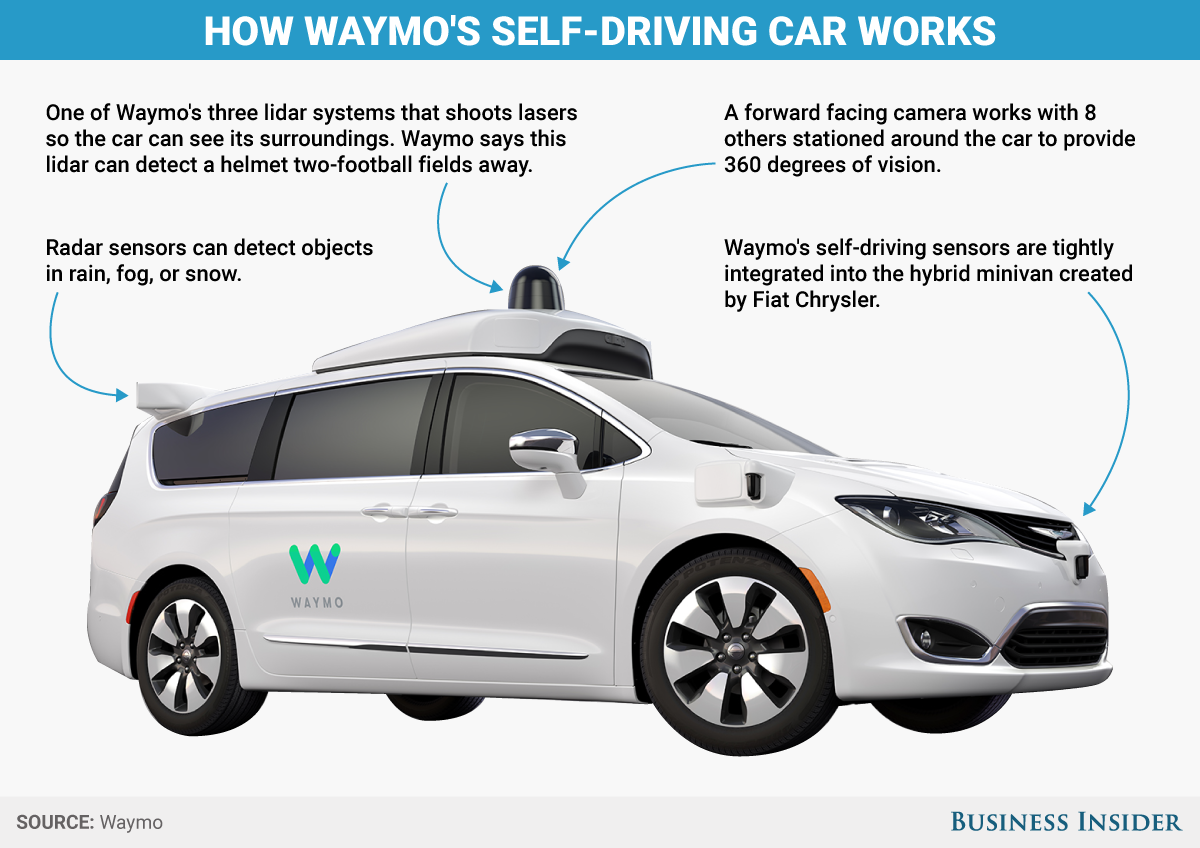Artificial Intelligence: Incredible Achievements And Shortcomings Of AI Part 1
Hello guys,
Imagine a world where you can just relax and have some kind of machine or robot do virtually everything without you lifting a finger when all you need do is just issue a command and watch things get done like magic. Do you think it is even possible to have a world like that? And even if yes, how can ordinary humans be able to create a world like that, where would they get such expensive resources and with what kind of intelligence do they intend to achieve a technology as powerful as this?
I guess you’d probably be wondering by now what is this guy thinking about what might have prompted all these weird and almost impossible questions, but you are about to find out the answers to all your questions and doubts as I elucidate on the term Artificial Intelligence (AI), which I assume you probably must have heard of in sci-fi movies or other sources like mere discussions with friends and so on, although might never really understood what it really meant.
Haven mentioned the word artificial intelligence, what exactly is AI?
In a nutshell, AI is a technology that deals with the simulation of intelligence. It is a branch of computer science that is concerned with the design of programs or software that can enable computers, machines and other artificial beings like robots or cyborgs to exhibit intelligence as that of human. It is a science and technology aimed at designing systems or machines that exhibits characteristics as that of human intelligence.

The idea of AI emerged in the early 1900s by some ancient philosophers who made tremendous effort to relate the process of human thinking as some kind of mechanical manipulation of symbols and codes. And with their endless research and optimism, they were able to design the first digital computer that was programed to use AI in the early 1940s. With this significant breakthrough, other scientists were greatly inspired and have enacted series of researches ever since then with the possibilities of designing an electronic brain. And with these series of researches have emerged dozens of other impressive technological innovations that uses AI, of which I will explicate on few of these innovations.
In order not to bore you with too much stories, let’s take a look at some technological breakthroughs that were designed to use AI.
1. Self-driving Cars.
Imaging a world where anyone can safely and conveniently be carried around in cars to any destination without needing to drive but just to issue a simple voice command. Now, stop imagining and face reality because such world is beginning to exist. Thanks to AI, the case of self-driving cars I assume is not entirely new to us anymore.
Waymo, a kind of self-driving technology company started a project with the objective of designing vehicles that could carry people around safely and conveniently without anyone being on the driving seat. They started as Google in 2009, but later became Waymo in 2016. And ever since then, they have carried out series of self-driving car tests around the world.

Although this company have been running this test for quite some time now, it never really attracted so much attention until last year when the issue of self-driving cars began to raise attention all over the media and every webpages as other automobile companies like Uber, Mercedes, BMW, Teaser, the rest began to release some self-driving features in their newly designed cars. Uber did tested their own self-driving car last year and it was superb, although it’s not yet fully autonomous and completely safe to use, so they are still working on it.
For more images on self-driving cars click here
Between this year and 2020, a lot of semi-autonomous self-driving cars that requires very little driver interactions are expected to be released by different automobile companies. And in the nearest future to come, more better and advanced versions of fully-autonomous self-driving cars that require no sort of driver interaction at all are expected to be designed.
This innovation of self-driving cars is aimed at reducing the rate of human deaths caused by vehicle accident to the minimum, and also to make driving very safe, easy and convenient for everyone.
2. Automatic Sliding Doors.

The applications of technology in the various aspect of life have been of great advantage in improving the standard of living and have made things very easy and convenient to use. Nowadays, we no longer have to go through the stress of opening and closing doors manually, because with the invention of electric sliding doors which uses some kind of automatic sensors, we can now walk in and out of some commercial establishments like airports, hospitals, hotels, banks, and detention facilities conveniently without having to push or pull any door. These days, they are also installed in some mansions and even in car parks.
[4] [automated car park. image credit: google] These automatic sliding doors are programmed to be able to detect persons, and open at the appropriate time with the aid of some automatic sensors like; motion detectors, optical sensors, and metal detectors. These sensors are installed by the side of the door, and are able to detect motions as well as scan for metallic objects or any kind of chip, and then open and closes automatically provided the incoming object or person is certified.
Most of these doors are installed with pressure sensors and heat detectors. This is to allow them open automatically when the sense any kind of pressure or heat from the inside. This installation is for safety purposes. The doors are also programmed to automatically remain closed when they sense any kind of pressure or suspicious metallic object or chip coming from the outside for security purposes.
3. Super Human Cyborgs and Robot Machines.
The rate at which technological innovation is increasing in this new age is so much alarming and plausible. In the past few decades, cybernetic engineers and scientists in their enormous researches on how to build computer systems that can be merged with the human system to work synchronously without any bugs or side effect, have had so many breakthroughs in the design of bionic individuals and superhuman cyborgs.

Looking into the future, it's not hard to imagine the line disappearing entirely — when humans and technology merge and become indistinguishable. Some philosophers and scientists think this kind of "technological singularity" could be achieved within just a few more generations. In fact, for some of us that future has already arrived. Cyborg technology has advanced to the point where it's safe to say that bionic humans are no longer the stuff of science fiction. They're here now.
In case you doubt it, click the source bellow to see for yourself 7 real-life cyborg individuals who have willingly become part-human, part-machine. All of them are inspiring harbingers of the future and none of them are “Terminators”, at least not yet.
Seven real-life human cyborgs
These are pretty much i could come up with for the first part of this article. I will be compilling the rest of the achievements, shortcomings and some disadvantages of artificial intelligence to humans in the second part of the article by tomorrow. After which we will have to deside if AI is a technology to enhance life or to diminish it. So stay tunned for part 2.
If you enjoyed reading this article, don't forget to play with that upvate button, and do share your thoughts about AI.
Thanks For Reading
References: 1 -2 -3 -4 -5
Image Sources: 1 -2 -3 -4 -5



good education @kelvino...
Best regards @fikrihaikal
Thanks for sharing your thoughts.